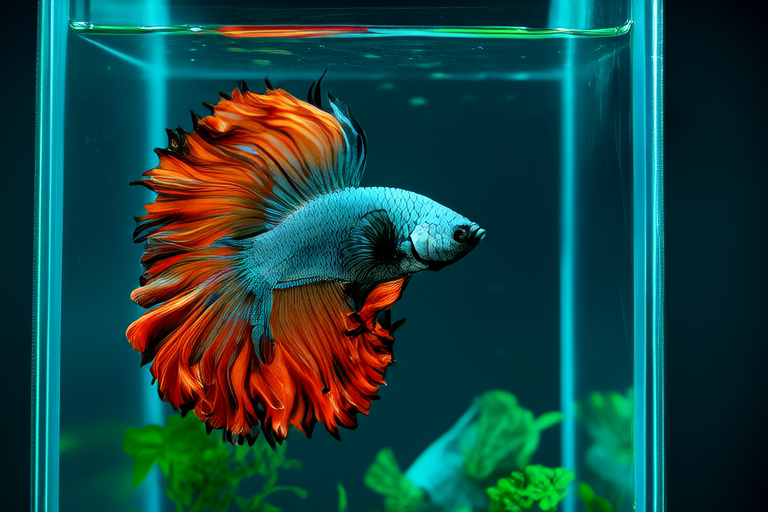How to Create the Perfect Home for Your Colorful Betta Friend
Welcome to the fascinating world of betta fish! Known for their vibrant colors and flowing fins, bettas are popular pets among aquarium enthusiasts. However, providing a healthy and happy home for your betta friend requires more than just a bowl or vase. This guide will help you create the perfect habitat, ensuring your betta thrives in a nurturing environment.
Selecting the Right Tank Size
Contrary to common belief, bettas need more space than a small vase can offer. A minimum tank size of 2.5 gallons is recommended to provide adequate swimming room and promote good health. Larger tanks, up to 5 gallons, are even better. The tank should have a stable base and a lid to prevent escapes and maintain humidity levels, which are essential for betta health.
Maintaining Water Quality
Water quality is crucial for the well-being of your betta. Regular water changes (about 25% weekly) and monitoring parameters like pH (6.5-7.5), ammonia, nitrite, and nitrate levels are vital. Use a water conditioner to remove harmful chemicals and chlorine. Additionally, avoid overcrowding the tank, as it can lead to poor water quality.
Ideal Temperature Range
Bettas thrive in warm waters between 76°F and 82°F (24°C to 28°C). Invest in a reliable heater and thermometer to maintain consistent temperatures. Avoid placing the tank near drafts or direct sunlight, as these can cause temperature fluctuations detrimental to your betta’s health.
Filtration Systems
A proper filtration system ensures clean water and supports the growth of beneficial bacteria. Choose a filter that matches the tank size and provides gentle water flow. Overly strong currents can stress bettas, so opt for filters with adjustable flow rates. Consider sponge filters, which are less likely to suck up delicate fins.
Suitable Decorations
Decorate the tank thoughtfully to mimic a natural environment while ensuring safety. Provide hiding spots like caves or dense plantings to reduce stress. Avoid sharp or abrasive objects that could damage fins. Incorporate floating plants and driftwood for aesthetic appeal and environmental enrichment.
Beneficial Plants for Aquariums
Incorporating live plants into your betta’s tank offers numerous benefits. They enhance oxygenation, absorb toxins, and provide natural hiding spots. Some great plant choices include Java fern, Anubias, and Amazon swords. These plants are hardy and low-maintenance, making them ideal for beginner aquarists.
Appropriate Diet Options
Bettas are carnivorous and require a balanced diet rich in protein. High-quality flake foods, pellets, and freeze-dried or frozen bloodworms, brine shrimp, and daphnia are excellent dietary options. Supplement their diet with occasional treats like live black worms or mosquito larvae for variety and nutrition.
Regular Feeding Schedules
Feed your betta twice daily, offering only what they can consume within two minutes. Overfeeding can lead to obesity and poor water quality. Monitor their eating habits and adjust portions accordingly. Avoid feeding them human food or excessive amounts of treats.
Safe Handling Practices
While bettas may appear docile, they are sensitive to handling. Minimize stress by gently netting them when necessary. Always support their body during transport and avoid sudden movements. If you must handle your betta, use a soft net or a cup filled with tank water to minimize stress.
Creating a Nurturing Environment
Your betta’s happiness depends on a nurturing environment. Pay attention to their behavior and appearance. Healthy bettas exhibit vibrant colors, active swimming, and a keen appetite. Signs of distress, such as lethargy, loss of color, or fin damage, warrant immediate action. Address any issues promptly to ensure your betta remains healthy and happy.
Conclusion
Caring for a betta fish is a rewarding experience. By following these guidelines, you can create a thriving environment that promotes your betta’s health and happiness. Remember, patience and consistency are key. With time and effort, you’ll enjoy watching your colorful friend flourish in its new home. Happy fishkeeping!
